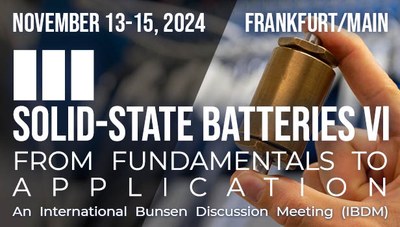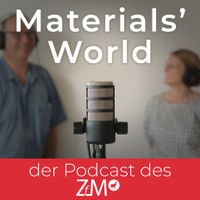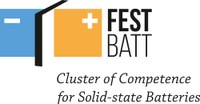The Center for Materials Research
- Welcome to the web sites of the Center for Materials Research
-
Welcome to the web sites of the Center for Materials Research!
The Center for Materials Research is an interdisciplinary university research center at JLU.
It is dedicated to the implementation of joint research projects, the support of the study courses in materials science and it promotes scientific qualification in materials research.
An overview of our scientific team is available under
Team & Topics.
The center provides the participating research groups with central experimental resources in its
Method Platforms.
The ZfM coordinates the JLU research profile area ("area of potential")
Material and Energy (focus: storage materials).
Further information on our tasks can be found under
About us.
- October
-
Picture of the Month - October 2024
Determination of the microstructure of deposited lithium and sodium films in anode-free solid-state batteries

The microstructure of the deposited metal anode (e.g. grain size, orientation, grain boundaries) has a decisive influence on the charging and discharging properties. Until now, however, the microstructure of electrochemically deposited lithium and sodium was largely unknown due to analytical challenges. A recent publication in Nature Materials shows how a combination of FIB-SEM preparation at cryogenic temperatures, inert gas transfer and electron backscatter diffraction (EBSD) was used to analyse these microstructures. The necessary setup is shown in figure a), while the backscattering patterns of lithium and sodium are shown in b) and c). Using three relevant material systems (d-f), it was possible to demonstrate that very large alkali metal grains are formed (in some cases >100 µm), which have a columnar structure.
The knowledge gained and the method developed can now be used to better understand and specifically optimise the charging and discharging properties of metal anodes.
Publication: Fuchs, T.; Ortmann, T.; Becker, J.; Haslam, C. G.; Ziegler, M.; Singh, V. K.; Rohnke, M.; Mogwitz, B.; Peppler, K.; Nazar, L. F.; Sakamoto, J.; Janek, J. Nat. Mater. 2024. DOI: 10.1038/s41563-024-02006-8.
This picture was submitted by Till Fuchs and Dr. Joachim Sann, group of Prof. Dr. Jürgen Janek.
Further insights into the research activities of the ZfM groups can be found in the Gallery.
- Portlet links engl.
-
Management of the Center
Study Programs in Materials' Science
- News (in German)
- Events (in German)






